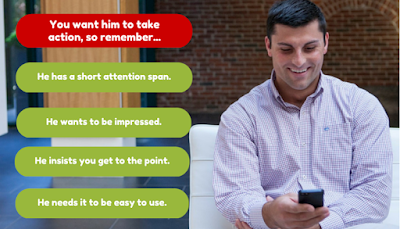You realize your business deserves to look better than your competitors!
Why? Because you are better than them. A new website says a lot about your business: it's a window into your company; it's an advertisement of your products and services; it's the first point of contact for many of your future customers.
You know your site should keep up with modern browsing trends.
A huge number of internet traffic is via mobile devices. (And this figure is increasing.) You need to make sure that your content, your design, and your user experience is optimized for all types of devices. You don't just need a new website, you need a new mobile-responsive website.
Potential customers can’t find you when they do a search.
Having an informative, good website is only half the battle. 90% of people looking for a product or service start their search online using a search engine. If your website is not optimized for search engine crawlers, you’re missing out on significant traffic and sales opportunities. Sites need to be built with search engines in mind – if you built your site even just three years ago, Google has made numerous algorithm updates that your site needs to optimize for.
Your website uses outdated, visually unappealing graphics and images.
You do fantastic work, much better than your competition, but your website doesn't show it...therefore your prospects don't know it!
You want to ensure that you're making the most of social media.
Your present website doesn't have links to your Facebook, Twitter, Google+ pages. The pages on your website don't have buttons to allow users to share your news and blogs on their own social media channels. You don't even have a news section on your website for users to share. Other people sharing your posts and pages is free advertising. You need a new website because you want free advertising.
You’re not getting enough inbound leads from your website.
Your website should do more for you than be an online business card. It should act as a tool to introduce new clients to your business, your products/services, and further opportunities down the sales funnel. Consider the opportunities for inbound leads on your website. Are your forms easy to find and fill out? Do they require a minimal amount of information? Are there multiple ways to request quotes? Is your contact information clearly listed and easy to find? Are there multiple calls-to-action depending on the content on the webpage? The easier you make it for website visitors to contact you, the more contacts you will receive.
Part 7 of my series:
Lisa's Website Insights for creating websites that Impress & Engage





